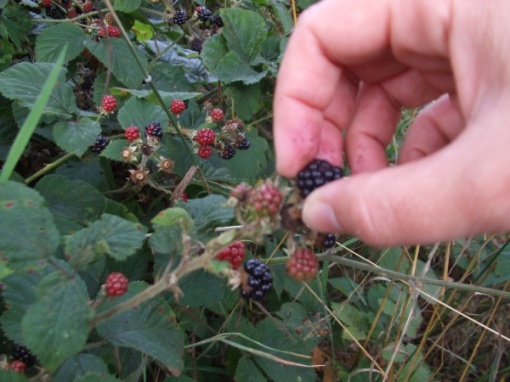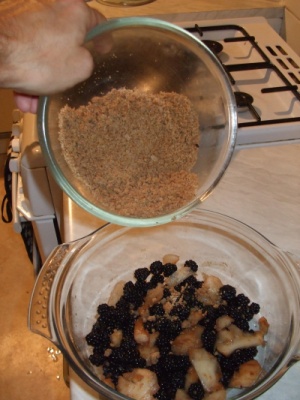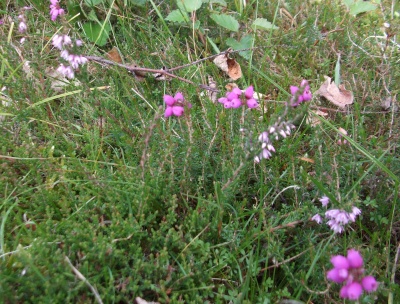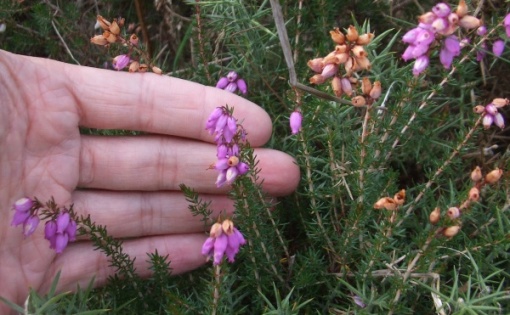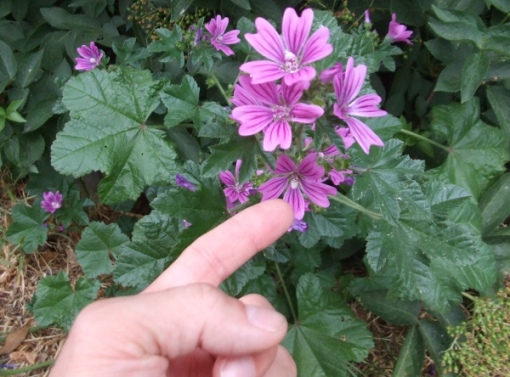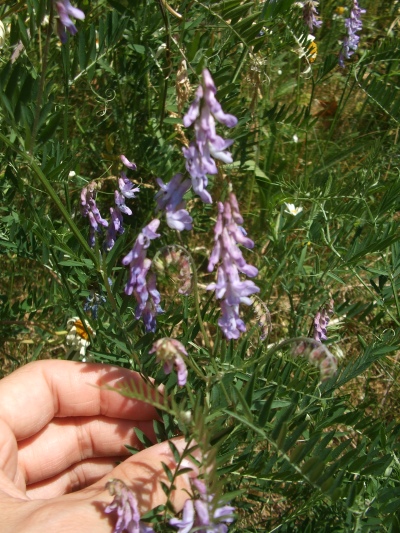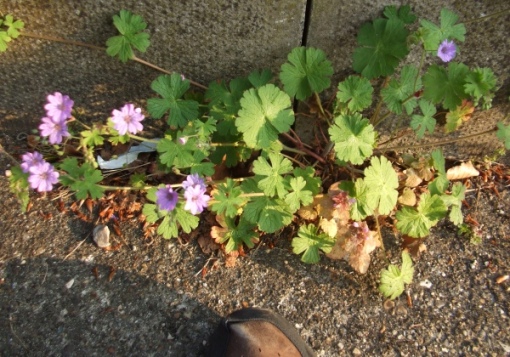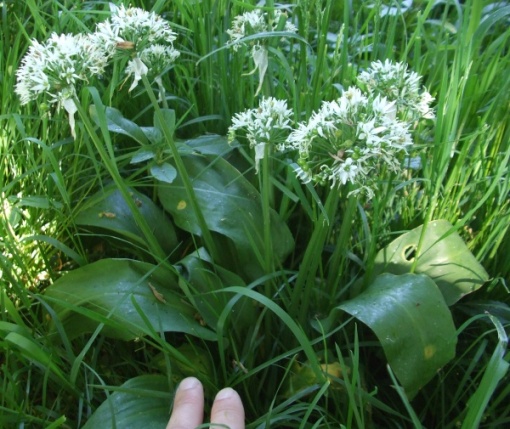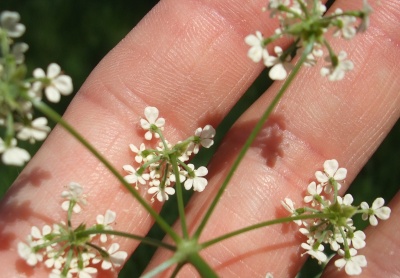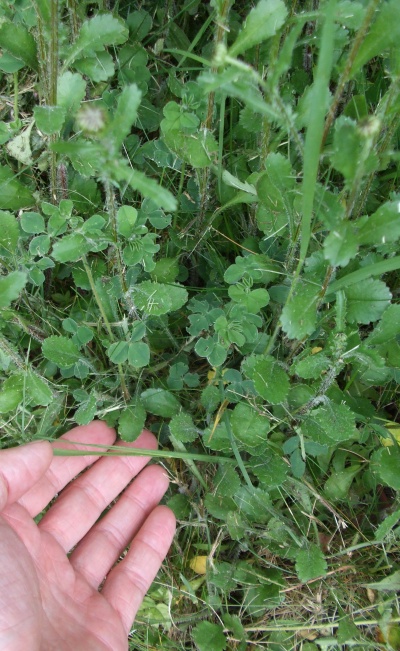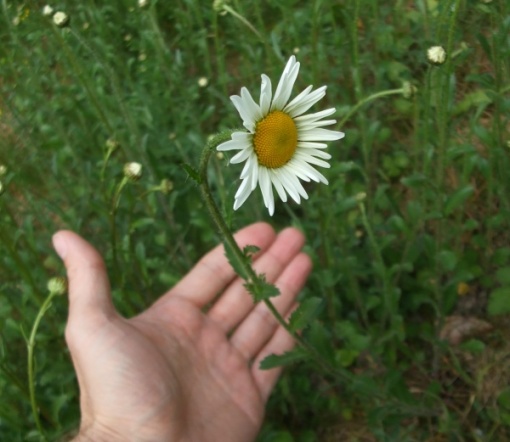Free fruit! Everywhere! I ride over fallen pears every morning, pass hedgerows full of haws (steady…) and collect kilos of blackberries on weekends. It’s Autumn, just about.
Last week, on a warm September Saturday we drove to Ranmore Common, Surrey with a two-litre tupperware in the rucksack and an appetite for free food. Brambles lined all the pathways – a thorny nuisance at most times of year, their loops ready to catch your feet and trip you up. These loops are formed by the stalks growing out then over and taking root in the ground again to grow a new bush. Bramble leaves can be used dried or fresh to make tea and I’ve also heard they can be a tobacco substitute – if you’re desperate for a cigarette in a survival situation. Brambles come into their own in late summer, though, when they are laden with delicious blackberries.
 Not all brambles are equal – there are apparently hundreds, maybe thousands of microspecies – some made tough little blackberries and some huge juicy fruits. Maybe they were microspecies, maybe they were at different parts of the stem or maybe they were just growing in different environments. Either way, we quickly learned to identify the juiciest, easy pickings. At the end of each stem, grows a clump and the lowest berry is the best.
Not all brambles are equal – there are apparently hundreds, maybe thousands of microspecies – some made tough little blackberries and some huge juicy fruits. Maybe they were microspecies, maybe they were at different parts of the stem or maybe they were just growing in different environments. Either way, we quickly learned to identify the juiciest, easy pickings. At the end of each stem, grows a clump and the lowest berry is the best.
After our pleasant rural ramble, we had 1 kilogram of blackberries! That would have cost £15 in Tesco (when they’re not on offer). We froze two-thirds and made crumble from the rest:
Sprinkle 40 g of sugar over a bed of 400 g blackberries and a couple of sliced pears.
In a separate bowl, mix 40 g cold butter (diced), 100 g self-raising flour and 60 g brown sugar and rub it together between your fingers until it forms soft crumbs (if it goes like dough as mine did, add more flour). Sprinkle this over your fruit layer, bake at 200 C for 40 mins.
MMMMMMMMmmm blackberry crumble!

